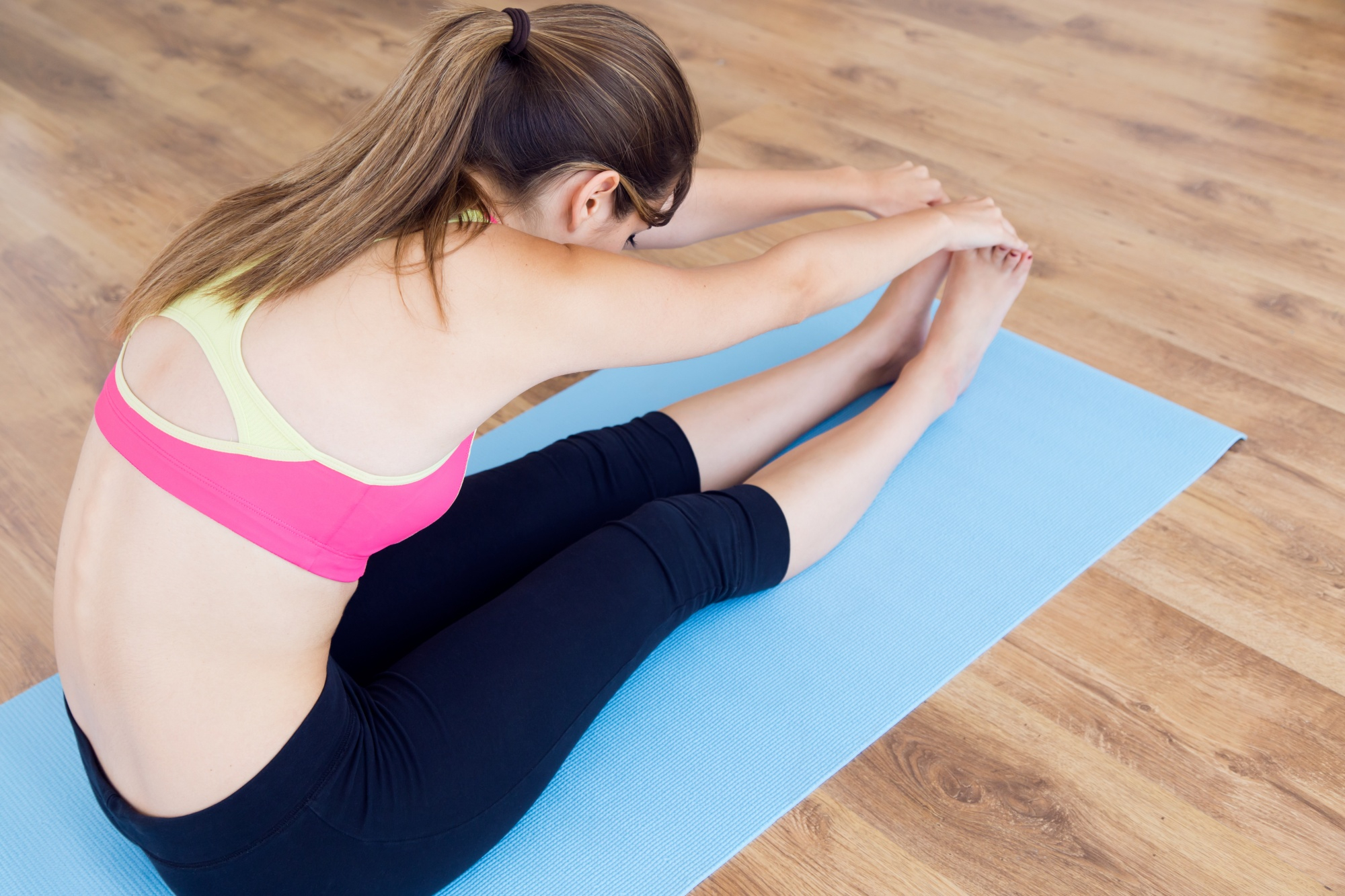Postural Training: Technique and Benefits

Postural training has become a popular exercise method to improve posture and muscle balance. By strengthening and stabilizing the muscles that support correct posture, postural training can provide a range of health benefits, from reduced pain to increased mobility. In this article, we will explore what postural training is, the techniques and exercises used, and the many benefits of this form of exercise.
What is postural training?
Description of postural training and its purpose to improve posture and muscle balance
Postural training aims to improve posture by strengthening and balancing the postural muscles, i.e. the muscles that are important for our posture. A correct posture means that the body is in a neutral position where the weight is distributed evenly over the joints and muscles. Even weight distribution will minimize stress and strain on specific areas. Poor posture can lead to a variety of problems, including back and neck pain, muscle weakness and limited mobility.
Postural training is about identifying and correcting muscular imbalances that can cause poor posture. By using a combination of stretching, strength training and mindful body awareness, postural training aims to restore a natural and balanced posture.
Techniques and exercises that focus on strengthening and stabilizing the muscles that support correct posture
There are several techniques and exercises in postural training that focus on strengthening and stabilizing the muscles that are important for proper posture. Some of the most effective techniques include:
Core-strengthening exercises: Exercises such as different versions of the plank and leg lift focus on strengthening the abdominal and back muscles, providing a stable base for the rest of the body.
Mobility exercises: Stretching and dynamic mobility exercises help increase flexibility and range of motion in the joints, which is essential for maintaining good posture.
Balance exercises: Exercises such as one-legged standing, balance board and the like help improve the body’s ability to maintain balance, which in turn improves posture.
Back and shoulder strengthening exercises: Rowing exercises, shoulder lifts and shoulder blade retractions strengthen the muscles of the upper back and shoulders, helping to prevent slumped shoulders and hunched backs.
Body awareness training: Techniques such as yoga and pilates focus on increasing awareness of the body’s position and movements, helping individuals to adjust their posture during daily activities.
Benefits of postural training
Improved posture and reduced risk of back and neck pain
One of the most immediate and tangible benefits of postural training is improved posture. By strengthening the muscles that support the spine and shoulders, postural training helps maintain a neutral and healthy posture. This reduces the risk of back and neck pain, which is often the result of poor posture and muscular imbalances.
Increased muscle strength and stability around the spine and joints
Postural training focuses on building strength and stability in the muscles that support the spine and joints. This includes the core muscles, the back muscles and the muscles around the hips and shoulders. Strengthening these muscles improves the body’s ability to maintain correct posture, reducing stress on joints and ligaments.
Reduced strain on joints and soft tissues by distributing weight evenly across the body
Correct posture means that weight is distributed evenly across the body’s joints and muscles, reducing stress on individual areas. When the body is in balance, the risk of overuse injuries and chronic pain is reduced. Postural training helps to achieve and maintain this balance, leading to a reduction in stress on joints and soft tissues.
 Search
Search


































